

Quick Links
Automated Battery Formation Solution
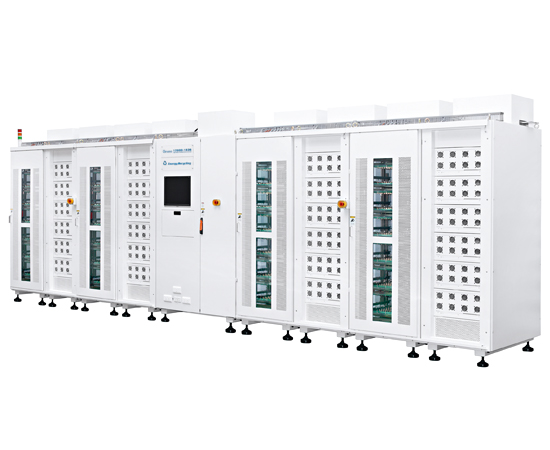 |
Key Features
|
The 17000 Series is a battery cell formation turnkey solution provided by Chroma for planning and servicing cell production formation and test from barcode binding to final cell binning. It includes the design of battery test equipment, cell conveyor, and production management system with multiple customized functions and features to increase efficiency and improve yields.
The battery cell formation turnkey solution is applicable for full-automation and semiautomation production lines depending on the production mode and its capacity. The automated solution loads battery cells onto trays and conveys them to various processing stations for testing, which mainly encompass the formation system, grading system, barcode binding system, OCV/ACIR/DCIR test systems, rework sorter, aging, and bin grouping system. For semi-automation production, the battery cells are manually loaded/unloaded onto the tray by operators to perform auto testing and test data collection. Even in manual operation, Chroma assists with flow control to avoid human processing errors.
A full-automation production line integrates with test instruments, automated conveyors, and manufacturing execution system (MES) to form a hands free solution. Operators can easily set the process parameters on the screen through a visualized management system to achieve unmanned production. It is suitable for high volume, high efficiency, and consistent manufacturing eliminating traditional manual manpower.
Chroma has vast experience deploying solutions for cylindrical, pouch, prismatic can and other cell form factors. Our cell contact mechanisms reliably contact various electrode designs. Each contact design focuses on reducing the contact resistance and loop resistance. Low contact resistance
removes this source of abnormal battery cell temperature rise during the formation process, while low loop resistance (including contact resistance) monitors cell contact (probes, grippers, etc.) and cable status for contact errors.
Product reliability and quality are attributed to accurate instrument calibration and standard traceabi l ity. Chroma, an ISO certified company, has set up a national level II laboratory to perform instrumentation verification/calibration and accuracy traceability, also has quality control from
product design, manufacturing to shipment with products sold worldwide. In addition, Chroma continues inventing new technologies complying the industrial development to meet various front-end applications and manufacturing demands such as reliable contact probe, battery deck, load tray carrier with heat dissipation and solidity, etc., to solve user's production problems through technical prowess. Scientific verifications are conducted from material selection to design check to assure the quality and performance of the product.
Chroma has sales and services offices located in many regions of the world to provide maintenance, troubleshooting, and technical support. Chroma's equipment has a proven long lifespan offering years of solid performance (when maintained properly).
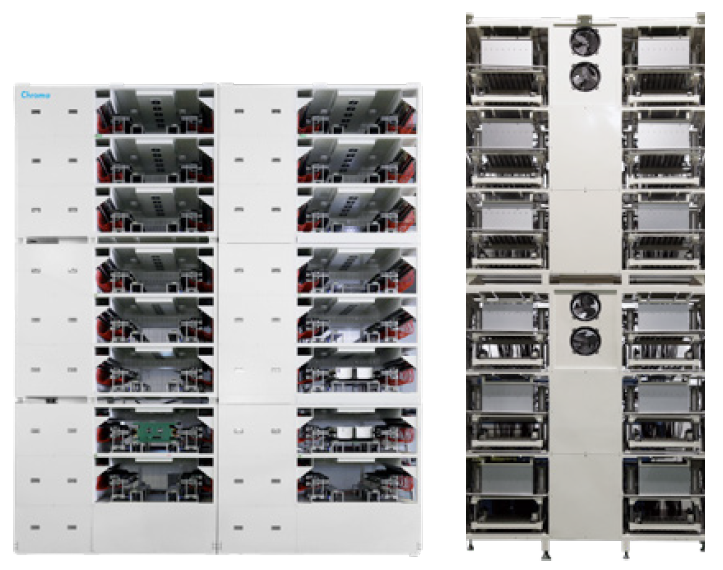
The charging and discharging system is specifically designed for the formation of lithium ion batteries. The system is controlled by IPC with main body composed of instrument rack and formation rack. The instrument rack connected to formation tester has high precision, high reliability and energy saving features. The rack has heat flow design to avoid heat accumulation, and ensure stability. The formation rack is composed of a contact unit and a gripper. The battery will automatically contact with the electrode for testing when a tray is placed. The engineered storage space effectively improves the production stability. For temperature control, there are open frame and cabinet types. Each formation deck can be operated independently, and the fire shielding design between decks can protect a cell fire from spreading.
Enhanced Safety Design
- Over temperature
- Smoke detection
- Circuit abnormal sensing
- Polarity check, Contract check, Real-time contact loop resistance check
- OVP/UVP/OCP/UCP/OQP
- ΔV/ΔI protection
- Continuation formation process
- System protection
- Power error, Fan error, Tray positioning error, Communication error
Rack Design
- Integrated temperature control rack
- Independent temperature control, high efficiency heating and
- low power consumption
- Heat flow simulation software to ensure temperature uniformity
- Open frame rack
- Consistency facility temperature control
- Better flexibility for facility layout
- Collocated layout with facility planning
Deck Design
Deck design depends on production needs and safety requirement, such as high temperature formation, vacuum formation, cooling, DUT size compatible, fire-proof, etc.
Energy Regeneration
- T.H.D. of recycle energy ≦5%
- In certain power range P.F. ≧0.9
- Peak recycle efficiency: 75%; grid recycle efficiency: 50%
- Optimized recycle discharge energy
- Grid Recycling: Recycle energy to power grid
- Energy recycling function to decrease heat generation
- Saving air conditioning cost
- Low CO2 footprint to correspond with green
- energy concept, and increase brand image

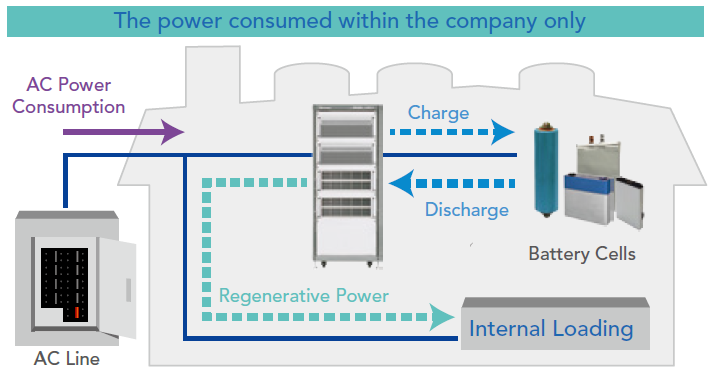
Automated Calibration / Verification Kit
- Collocation of Chroma formation solution and automated calibration/verification kit
- Integrated with IPC, measurement meter, wireless module to verify and calibrate the test channel accuracy
- Auto-contact and wireless communication when delivering to test deck to fulfill the auto production demands
- Auto-generate calibration/verification and maintenance report to fit customer auditing needs
Chroma develops test systems for measuring Open Circuit Voltage (OCV) / AC Resistance (ACR) / DC Internal Resistance (DCIR) which are important parts of the battery production process. The system uses tray to carry out cells for batch testing or single-piece on conveyor line to achieve fast and reliable testing objectives. The automatic machine provides stable and fast electrode contact, which makes the battery contact condition consistent. The battery fixture can be customized, and the system can be tailored according to the tray size, the battery size and quantity.
OCV/ACR Test
The OCV uses high-precision digital meter for measurement, while the ACR uses 1kHz AC resistance for measurement. According to the manufacturing process, the OCV and ACR can be tested separately or combined. The rapid measurement mechanism can obtain the battery data accurately in a short time, which will be recorded in the equipment database and displayed on the screen. The data can also be transmitted externally through the network connection.
DCIR Test
The magnitude of the internal resistance is related to the charge/discharge current applicable to the power battery. The larger internal resistance makes the efficiency worse and heats up. The ACR is used to evaluate the conductive resistance that affects the instantaneous output, but it cannot evaluate the electrochemical properties. The output resistance (DCIR) evaluation according to the BS EN 61960 standard uses two-stage loading current test to calculate the DCIR value via the voltage difference caused by current change. It is closer to the actual resistance effect of continuous current application on batteries. Thus, for power batteries or large power energy type batteries all should be evaluated by DCIR characteristics.
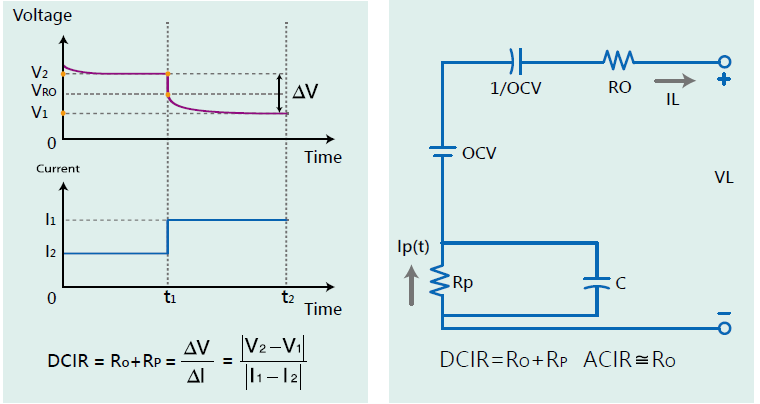
DCIR Test Equipment (Pouch) |
OCV/ACIR Test Equipment (Pouch) |
OCV/ACIR Test Equipment (Cylindrical) |
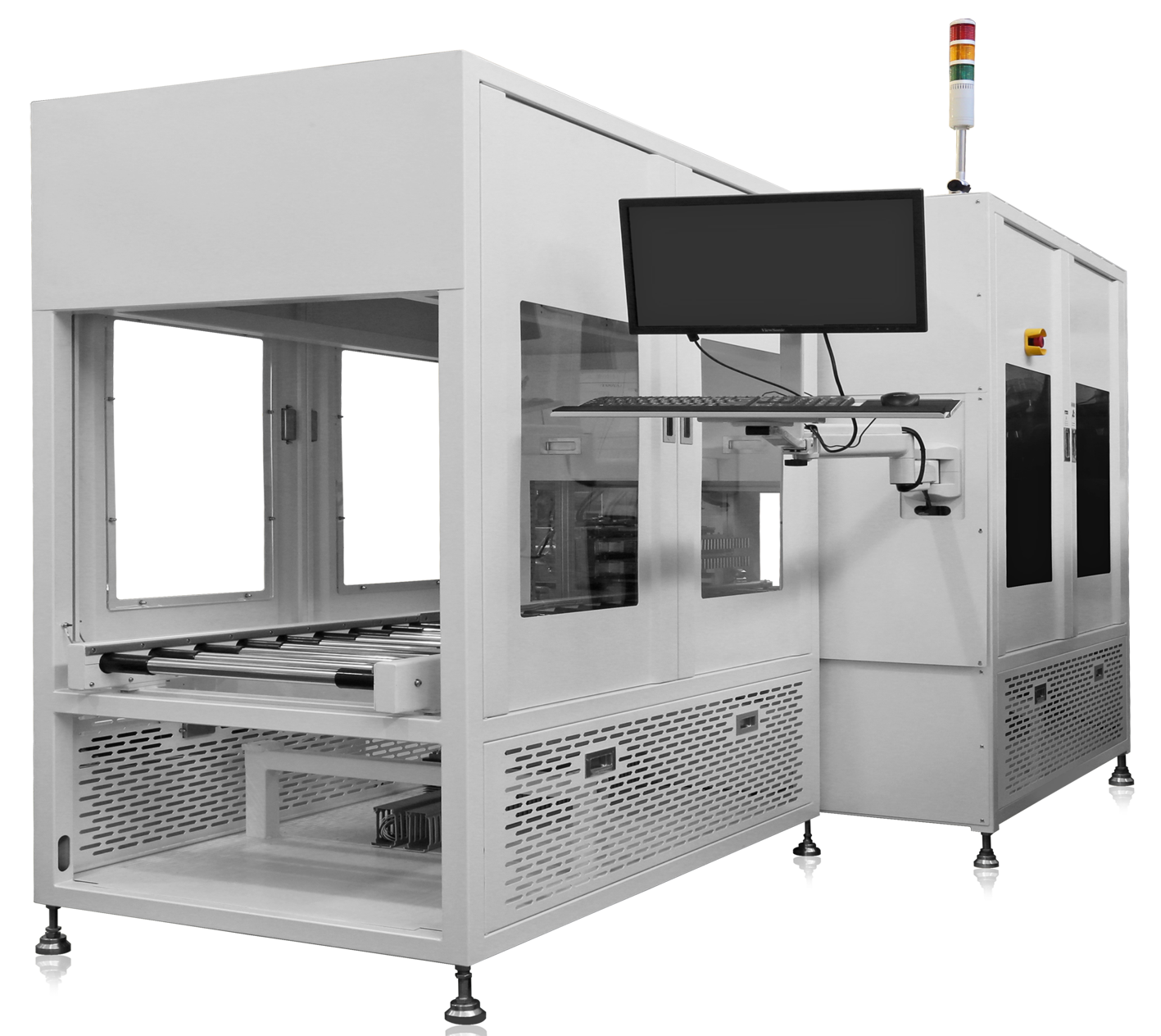 |
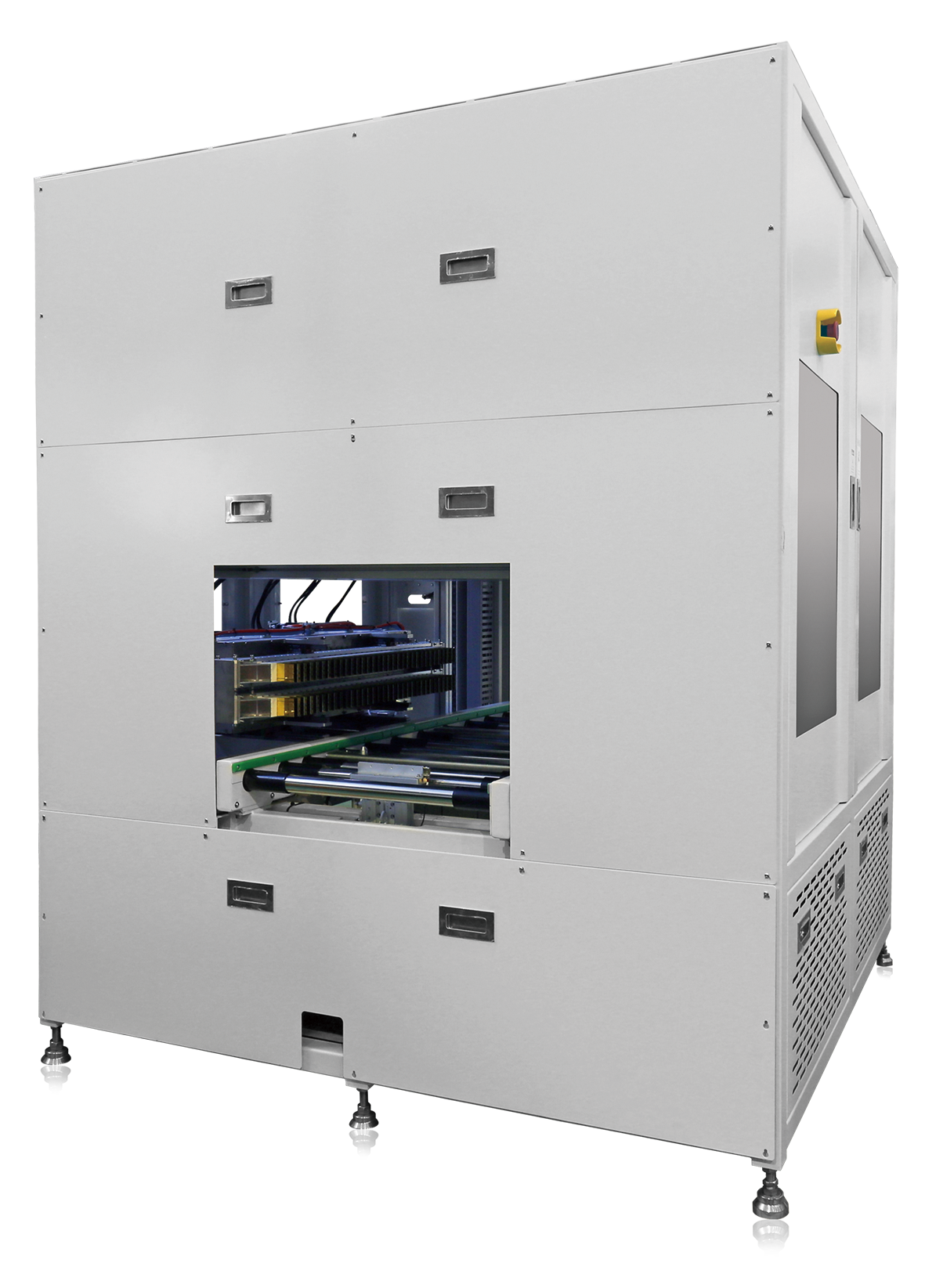 |
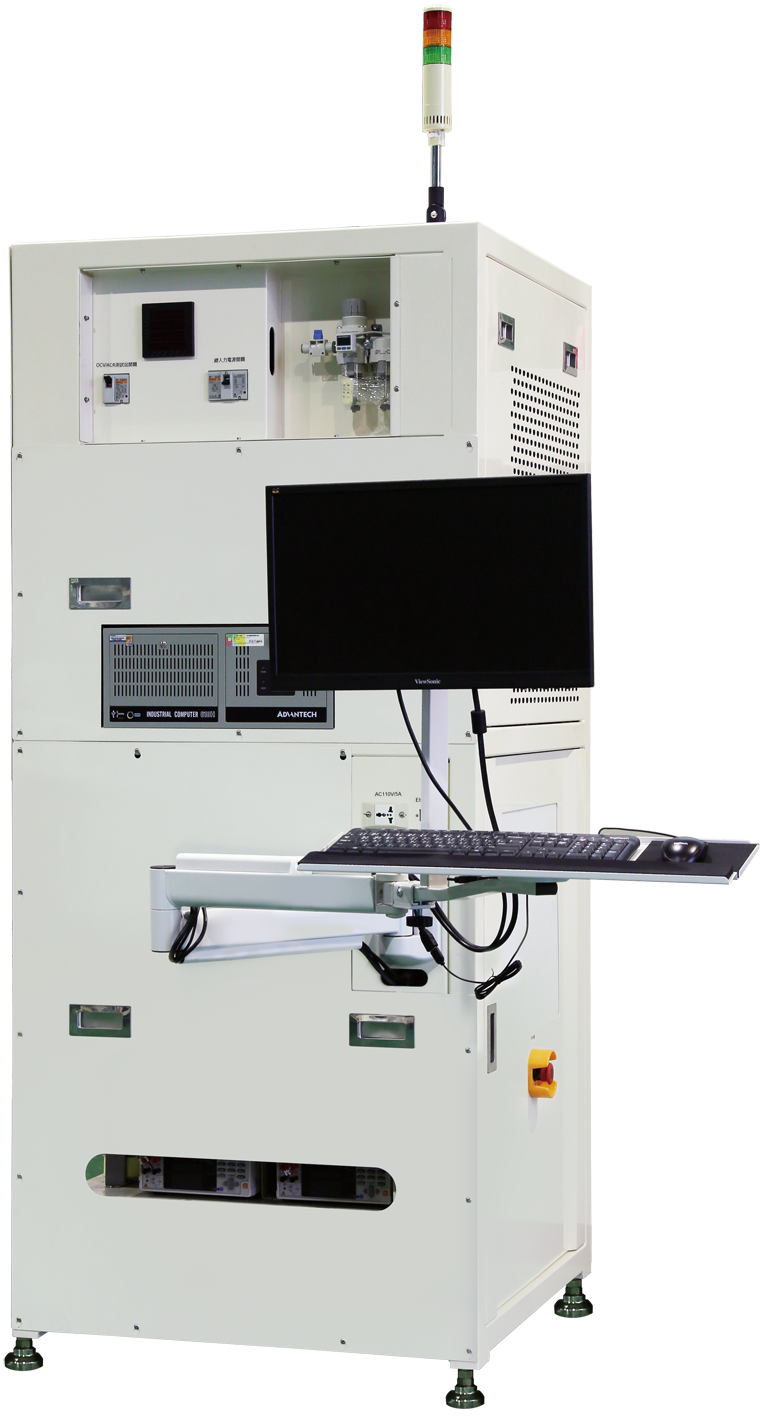 |
The barcode binding equipment links the battery serial number with the tray serial number, and stores the battery data as well as uploads it to the system. Later on, the battery data can be obtained by the tray serial number, which is convenient for manufacturing when using tray as a unit. It has the advantages of high production efficiency and low setup cost.
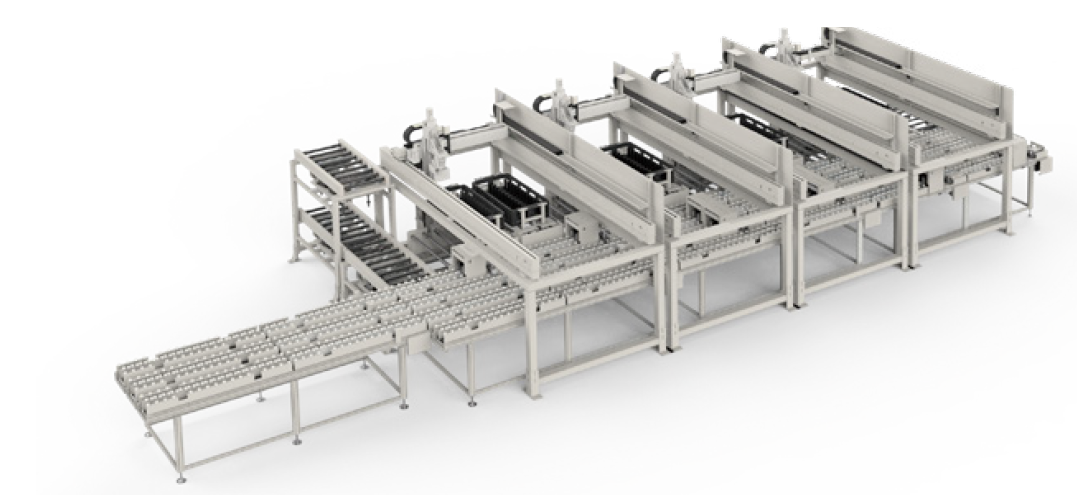
When a battery is judged bad in all aspects during production, it will be picked out by the rework sorter, and then the production information system will decide how to handle the battery. The advantage is mainly to avoid quality problems due to human operating errors. This will be recorded to facilitate the battery management.
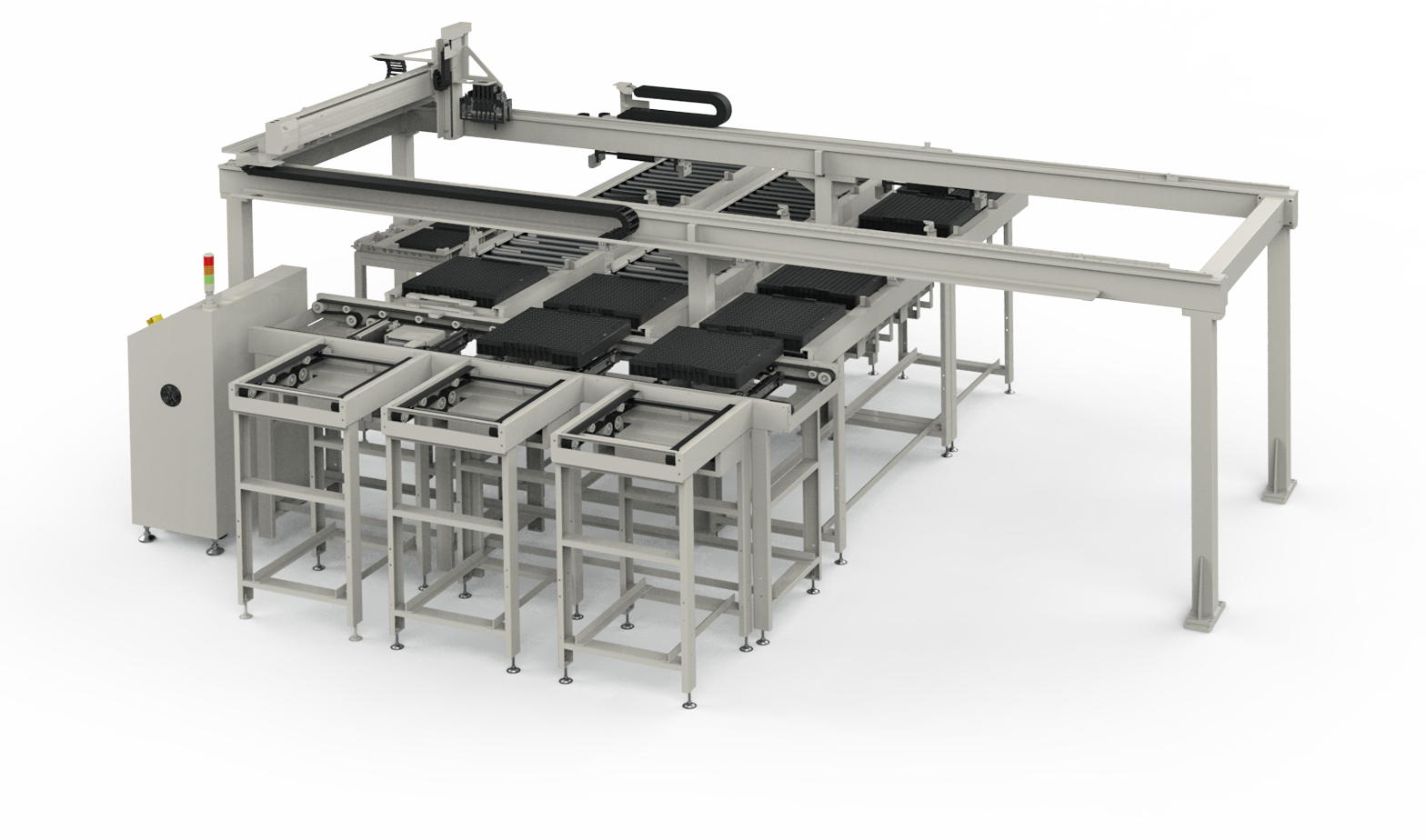
The finished batteries are sorted according to specific rules and classification levels defined by the user. The products of the same type are picked up by the equipment and placed on a new tray carrier. The automated machinery grouping is reliable and easy for classification that can avoid human errors.
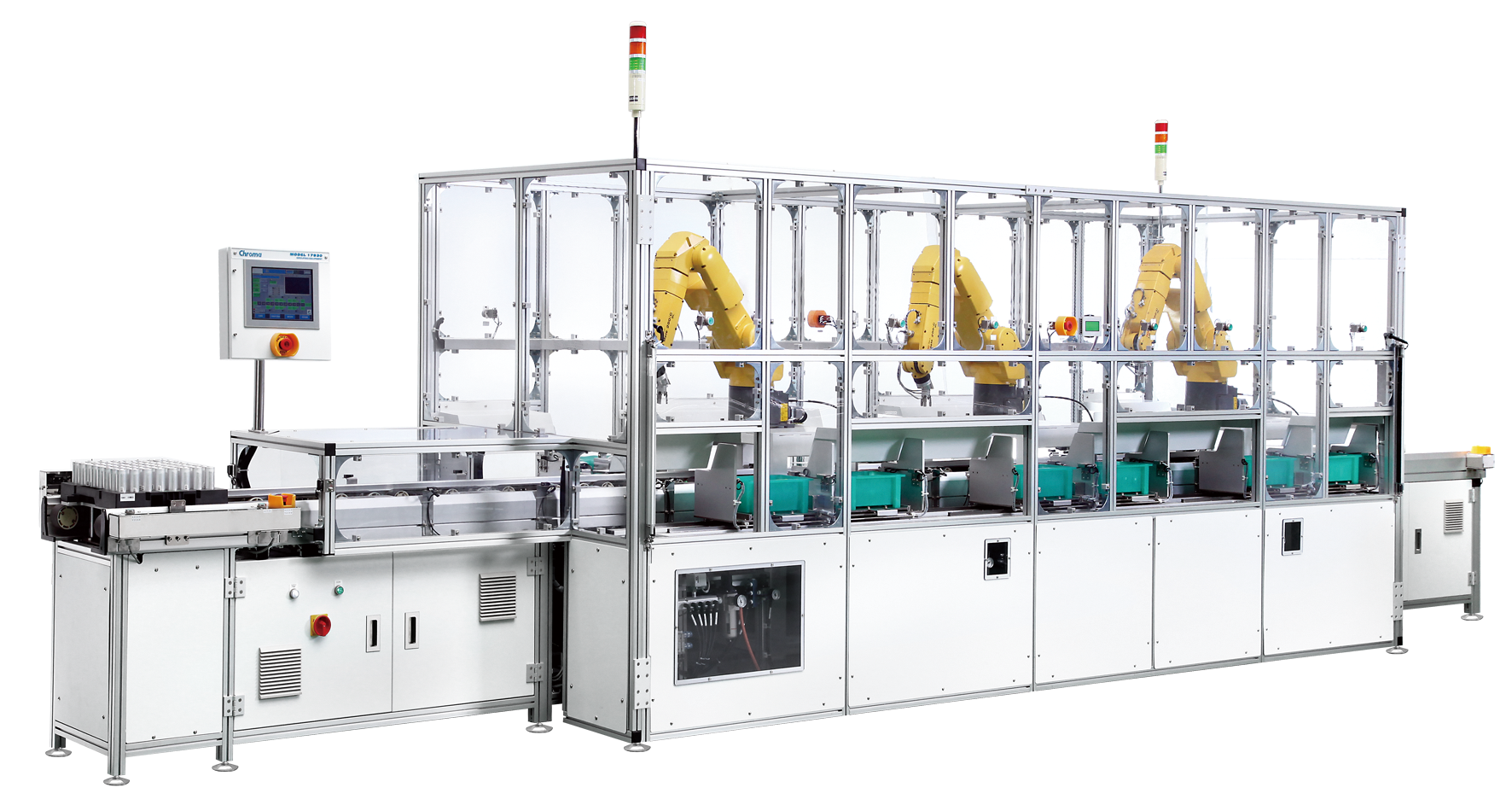
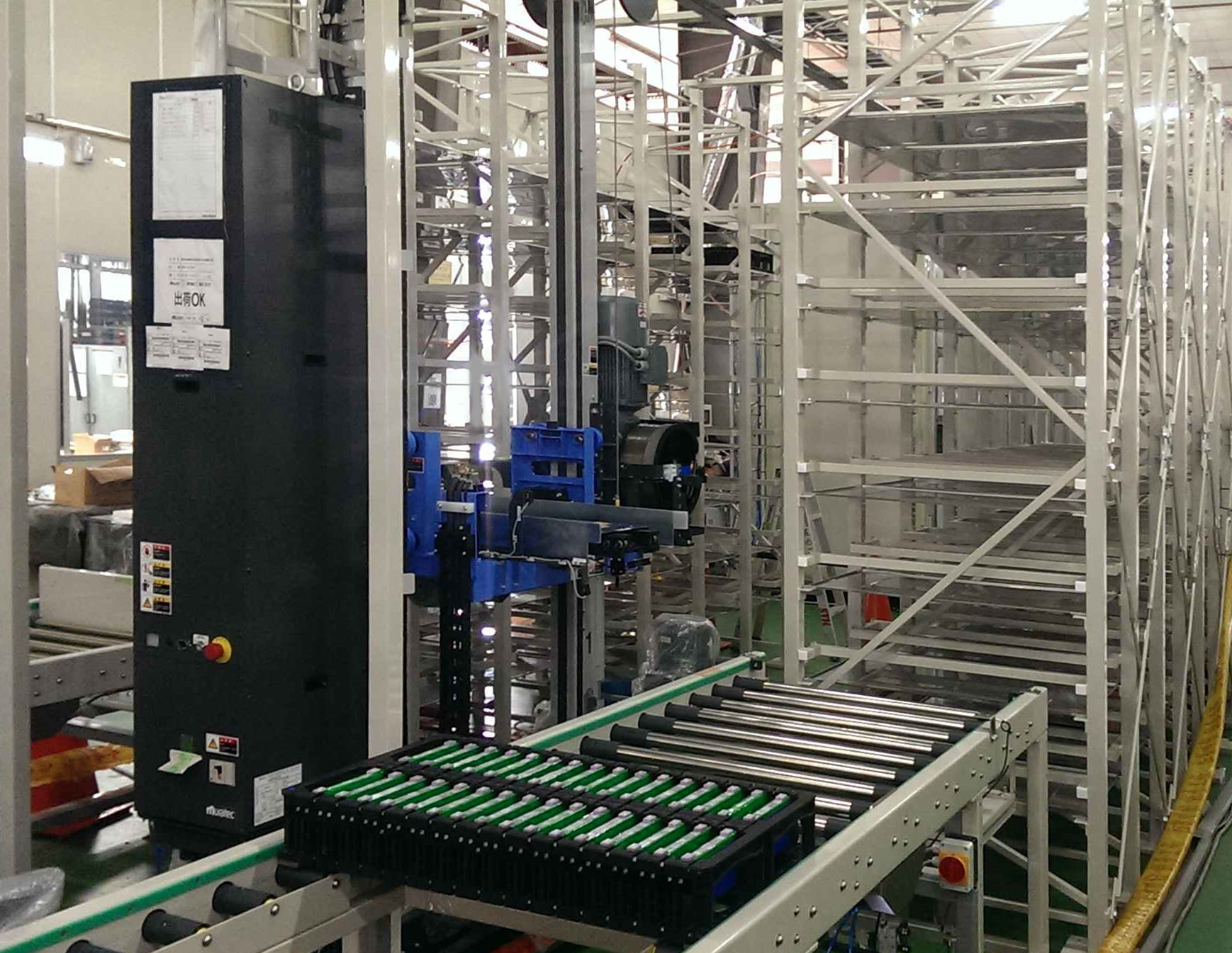 Speed up to 200m/min.
Speed up to 200m/min.
There is a procedure of warehousing for pause before and after formation. Normal temperature storage and high temperature storage are divided according to the process. Due to long rest period and large storage capacity, a crane system is usually used instead of manual movement to increase the site utilization rate and prevent human errors. With the advantages of process error reduction, detailed monitoring records and significant efficiency gains, Chroma renders a high-speed and quiet automated guided vehicle along with professional automated warehouse management system to customer.
The system platform integrates the information of each test station instead of gathering them manually. It is a real-time, fast and accurate in line modern production management system with immediate production control, status return, and report analysis, etc. which all can be easily realized. The system is a excellent tool for battery cell production line with a large amount of data.
- Remote setting and recipe releasing
- Centralize test data mangement
- Real-time report and monitoring
Home | Solutions | Support | Press Center | About Chroma | Contact
Copyright © Chroma ATE, Inc. All Rights Reserved.

